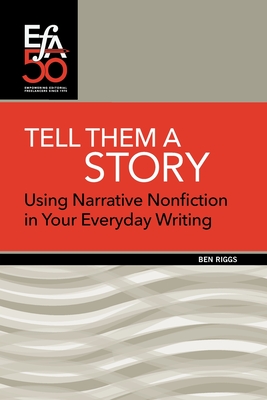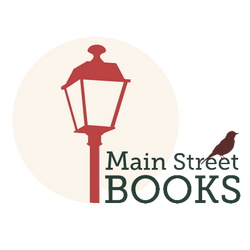
Tell Them a Story: Using Narrative Nonfiction in Your Everyday Writing
Description
What does storytelling-narrative-have to do with reporting-nonfiction? Everything.
In 1965, Capote published In Cold Blood, an account of a series of ghastly murders in the late '50s. His book became a bestseller, marked by factual accuracy shared through the transporting power of fictional prose. He called it a "nonfiction novel," and some have called it a literary experiment that "opened the way for a new kind of literature." See it as a writer's version of crosspollination, maybe even a certain literary alchemy.
Before In Cold Blood, America's interest in nonfiction and journalism had already begun to grow. The breakneck speed of reporting captured readers' attention. With it came a writing technique that treated the reader more like a receptacle for information and headlines rather than someone to compel and entice with words and sentences from the first word to the final period. The Inverted Pyramid, the journalist's map for writing, ensured that a report's first paragraphs contained all the information readers would need, like a shirt in an overstuffed suitcase. This guaranteed readers' access to anything useful if the bottom paragraph had to be cut.
Storytelling offers great resources for accomplishing most of the goals of nonfiction writing. In fact, most of the marketing, selling, persuading, and entertaining goals attached to today's writing finds its lineage in the bloodline of storytelling; namely, what prompts readers' curiosity, compels them to continue reading, and satisfies their needs as readers.
If you're writing leadership articles or recipe blogs or online-marketing copy, how can you use storytelling to your advantage? In Tell Them a Story: Using the Best Lessons from Narrative Nonfiction in Your Everyday Writing, Ben Riggs breaks down the differences between a report and a story, asks the reader to examine the different purposes of "efferent" writing and "aesthetic" writing, and to consider the benefits of joining the two to meet the needs of an audience.
In an examination of the importance of theme, Riggs teaches that by situating your piece of writing on the back of a theme you can inject deeper meaning into even the most prosaic and pragmatic of nonfiction pieces.
Writers still need to know how to distill real life accurately into words. Nonfiction. To accomplish all of these strategies, writers still need to write to entice, entertain, and compel readers. Narrative.
Even for genres that don't seem inherently "story-friendly," you can make many writing decisions that bring any reader to think, "What happens next?" Ideally, writing this way doesn't occur at the expense of the clarity and factual nature of nonfiction writing and its many forms.
This booklet contains tools and strategies to help you write nonfiction in a way that helps your readers - whoever they are - ask those three words, even if they don't know they're asking them. If you make certain writing decisions, they will find themselves traveling from sentence to sentence, paragraph to paragraph, having forgotten where they were before they started reading because they've been transported elsewhere.

